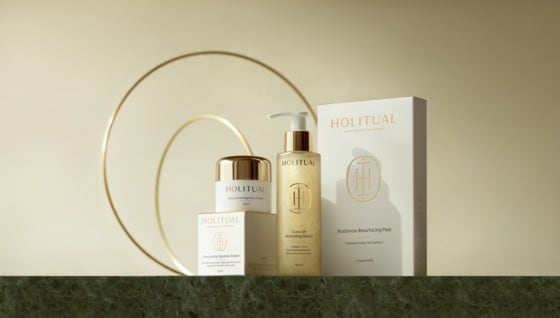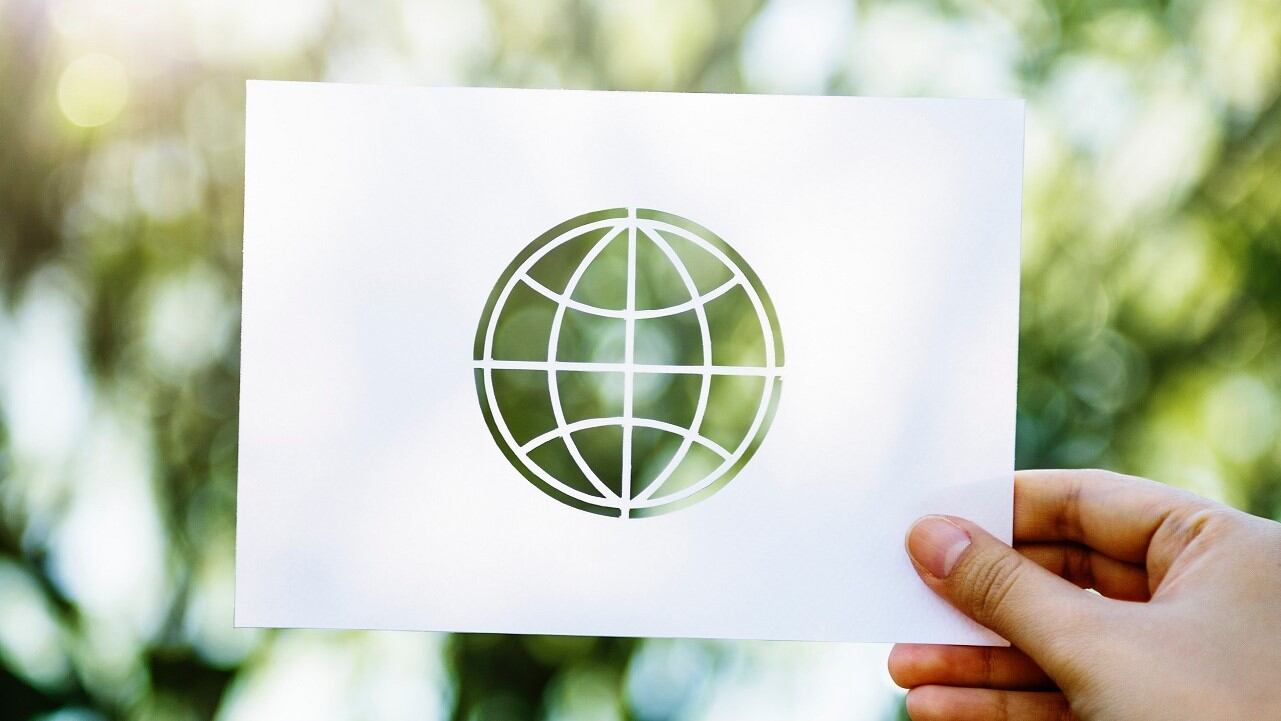The R&D professionals were at the 15th anniversary event of the Society of Cosmetic Scientists, Singapore (SCSS) to discuss the “science behind the global players” in the cosmetics industry.
The beauty and personal care industry is becoming increasingly complex with more demanding consumers and disruptive players coming into snatch a piece of the pie.
“The category is growing in this part of the world, we see a lot of brands coming up and I see that its an exciting time to be working in [cosmetics],” said Dr Ankur Purwar, principle scientist at Proctor & Gamble.
Purwar believes the personalised beauty trend will continue to grow in Asia, owing to the savviness of Asian consumers. However, he clarified that personalisation does not need to come from a product perspective.
“Personalisation has a lot of layers. Sometimes consumers just want personalised advice so they can take care of their skin better.”
On the other end of the spectrum, Dr Orawan Suitthimeathegorn, associate manager, medical affairs, APAC, Johnson & Johnson, believes consumers are looking for more holistic beauty solutions.
“I think the trend we will see is more focus on health and well-being as a whole. More linked to lifestyle, like looking at the food you eat and how you can protect your skin.”
Her colleague, Dr Abhinav Maheswaran Pragatheeswaran, principle scientist at Johnson & Johnson also pointed to lifestyle and protection as the next key drivers in beauty.
For one, he believes pollution will continue to dominate a lot of discussions about skin care, especially in Asia where issues such as air quality continue to make headlines in key cities across the region.
Another trend he foresees is younger consumers taking pre-emptive measures to maintain the youthful appearances of their skin.
“Two decades ago it was about ageing. Products targeted at anti-ageing were usually used by people in their 30s, 40s and 50s. But these days, we are seeing people in their 20s using it as pre-ageing products.”
Dr Yosuke Ikebe, head of Shiseido’s Asia Pacific Innovation Centre, sees a potential for the cosmetic surgery sector to influence the cosmetics space.
“Cosmetic surgery has spread around the region, in Korea, Singapore, China, Japan… almost all the Asian countries. I think those techniques and technology may be applied to the cosmetics field.”
Global players go ‘glocal’
The cosmetics experts also voiced their opinions on how global companies have managed to stay relevant to local consumers, especially with more domestic players entering the fray.
Ikebe highlighted that consumer testing was extremely important as it could shed a more objective light on preconceived notions.
For instance, he said the company once believed that North Asians shared similar preferences to the Japanese. This was only made possible with a lot of consumer testing in APAC.
“From our results, we found that consumer preference in texture was very different from the Japanese. After that, we concluded that we needed some specific, exclusive products – especially, in terms of texture and communication.”
In addition, research can provide more insight into various skin concerns, he said. “Most consumer skin concerns are also different. For example, in Japan, the acne market is small, but [in SEA] it's very big.”
Pragatheeswaran expressed that Neutrogena’s Hydro Boost line was an excellent example of ‘glocalisation’ and the successes the company has achieved from it.
“Hydro Boost was developed 10 years ago in Asia and the product was a huge hit. Even though it was perceived as a North American brand, we were able to build a line that was more specific to Asian consumers. Recently, we took that back to North America and it was a huge hit too.”
Purwar stressed the importance of studies on the skin as another avenue to explore consumer needs and demands.
“We invest a lot in understanding the skin. We invest in a lot of the fundamental studies and will continue to do that. From my point of view that’s how a global company delivers to the needs of the consumers.”





